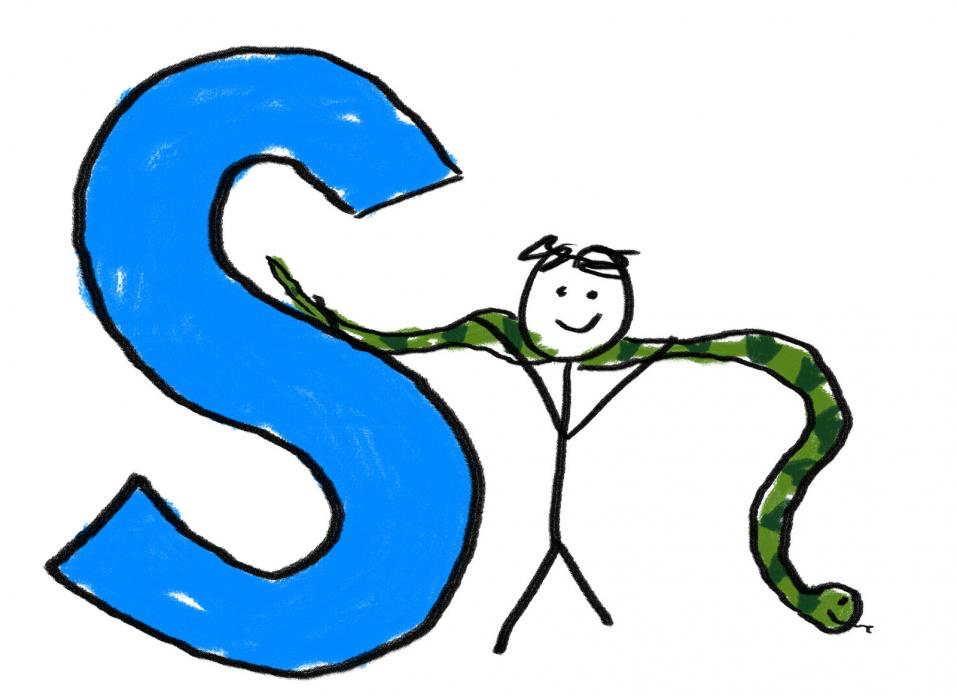Language Learning and the Seville Dialect
 During our recent stay in Seville, Spain (see picture left), we were again reminded how challenging local dialects are for foreign language learning.
During our recent stay in Seville, Spain (see picture left), we were again reminded how challenging local dialects are for foreign language learning.
That is especially the case when they try to improve their new language in an immersion environment, as in the country where their new language is spoken. When you visit only for a few days and your interaction with locals is quite limited – as happened during our first stay to Seville in 2012 – you don't seem to notice the dialect very much. This time, however, it was different.
The Language Learning Challenge
The four European languages we are very familiar with, German, Spanish, French, and Italian, all have different dialects spoken in various regions.
All language schools and online programs, including GamesforLanguage.com, teach a "standard language" that you may hear on radio and television, but which may be spoken in only a few regions of the country.
Chances are you'll find yourself in a region where your language learning efforts over the last few months don't seem to be quite enough. It's no different in Spain, but also presents an opportunity to learn more about the local dialect.
THE MISSING “S” in the Seville Dialect
As we describe in a previous post: Learning Spanish –  First Impressions of the Local Dialect in Seville, Spain, we noticed right away that some consonants are dropped at the end and in the middle of words, so "gracia" instead of "gracias," "do cerveza" instead of "dos cervezas," "E'paña," "e'pañol," etc.
First Impressions of the Local Dialect in Seville, Spain, we noticed right away that some consonants are dropped at the end and in the middle of words, so "gracia" instead of "gracias," "do cerveza" instead of "dos cervezas," "E'paña," "e'pañol," etc.
But this was just the tip of the iceberg. There are other differences to standard "Castilian" Spanish and even to other regions of the Andalusian dialect.
SESEO & CECEO
Generally speaking, typical Andalusian pronunciation features as the "leveling s, z, and c sounds" (the latter before an [i] or an [e]). This means that in parts of Andalusia [s], [z] and [c] have an [s] sound (called a "seseo" dialect.)
In other parts of Andalusia [s], [z] and [c] have a [θ] sound (called a "ceceo" dialect.) Seville, in fact, is a small language island.
Surrounded by regions that speak "ceceo," the city itself is mostly a "seseo" haven. On the street, with the many tourist coming from other regions of Spain, you of course heard a mixture. In any case, neither "seseo" nor "ceceo" is really part of standard Castilian. Castilian and Andalusian have been perceived as distinct dialects since the the 15th century.
In Castilian Spanish, [s] is pronounced as [s]; and [c] and [z] are pronounced [θ]. The latter is sometimes called the "Castilian lisp," which is often attributed, incorrectly, to the lisp of a Spanish king. This and other language myths are wonderfully debunked in a recent blog post: 10 Myths And Misconceptions About World Languages, the "Castilian lisp" in Myth #4: "The Spanish Kings's Lisp."
DROPPED CONSONANTS
 We noticed that [d] was weakened or dropped entirely when between two vowels. For example in the bus, we heard "próxima para" (instead of "próxima parada," next stop); and, our Sevillian acquaintances would say "a menu'o" (instead of "a menudo,") often.
We noticed that [d] was weakened or dropped entirely when between two vowels. For example in the bus, we heard "próxima para" (instead of "próxima parada," next stop); and, our Sevillian acquaintances would say "a menu'o" (instead of "a menudo,") often.
Flamenco terms are famous examples: cantaor (from cantador, Castilian: cantante "singer"); tocaor (from tocador, Castilian: músico); and bailaor (from bailador, Castilian: bailarín). When spelled, the [d] is also dropped, we learned. [See Wikipedia "Andalusian Spanish"]
FORMAL OR INFORMAL
Spain in general, including Andalusia, is known for it's greater informality compared to Latin American countries. When we met our tutor for the first time, he immediately addressed us with "tú," though we were clearly older than he.
Since pronouns are dropped unless you need them for clarity or emphasis, out tutor happily used the pronoun-less "tú" form with us, but dropped the "s-endings" (tiene, habla, quiere, encuentra, etc.). When I asked him whether Sevillians could tell the difference between "tiene" (informal with the dropped "s") and "tiene" (formal), he said, actually no, and smiling, said that he had never thought about it.
So, in Sevilla, you may not always catch right away whether someone is addressing you formally or informally.
PAYING ATTENTION
In most cases, you don't chose to stay or live in a region because of a particular language dialect: Work, family, friends, cultural, or other interests, etc. generally impact your decision. So chances are that you will find yourself in a city or town with a local dialect.
When you are starting to notice what distinguishes the local dialect from the standard language, your language learning is one the way to reaching another level. And the sooner you can discover some to the typical idiosyncrasies of the local language, the faster you'll be able to understand and eventually speak it.
At the end of our month there, we could pretty well understand our tutor and our language exchange partners, but we spoke the Seville dialect only in small chunks, such as with "gracia" and "do cerveza." Thus, in Seville, we still remained at the first stage, but feel quite confident that after a few more weeks we would have graduated to stage two.
Bio: Ulrike & Peter Rettig are co-founders of Gamesforlanguage.com. They are lifelong language learners, growing up in several European countries before moving to Canada and the United States. You can follow them on Facebook, Twitter, and Instagram.
